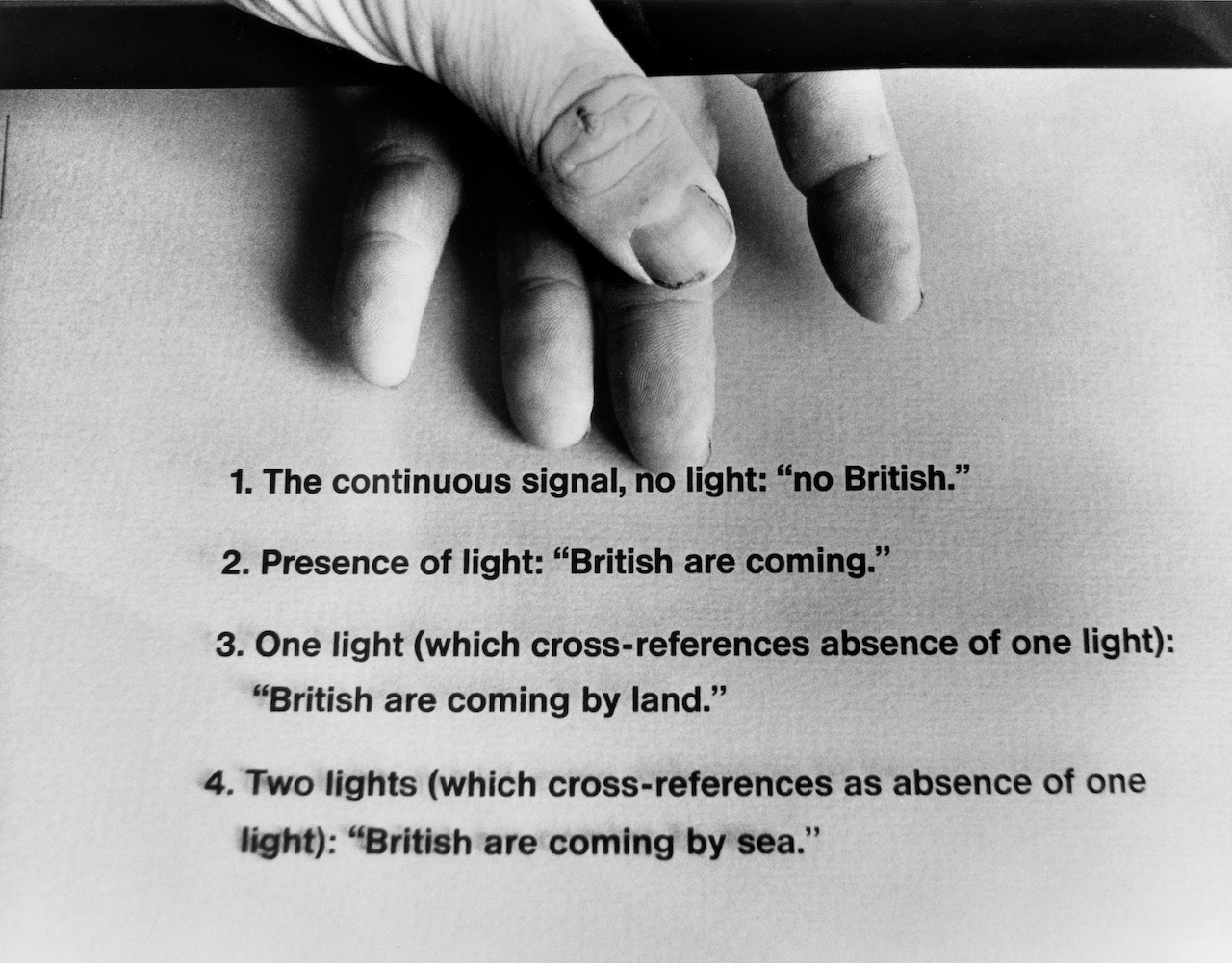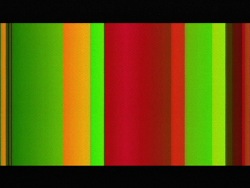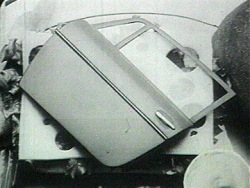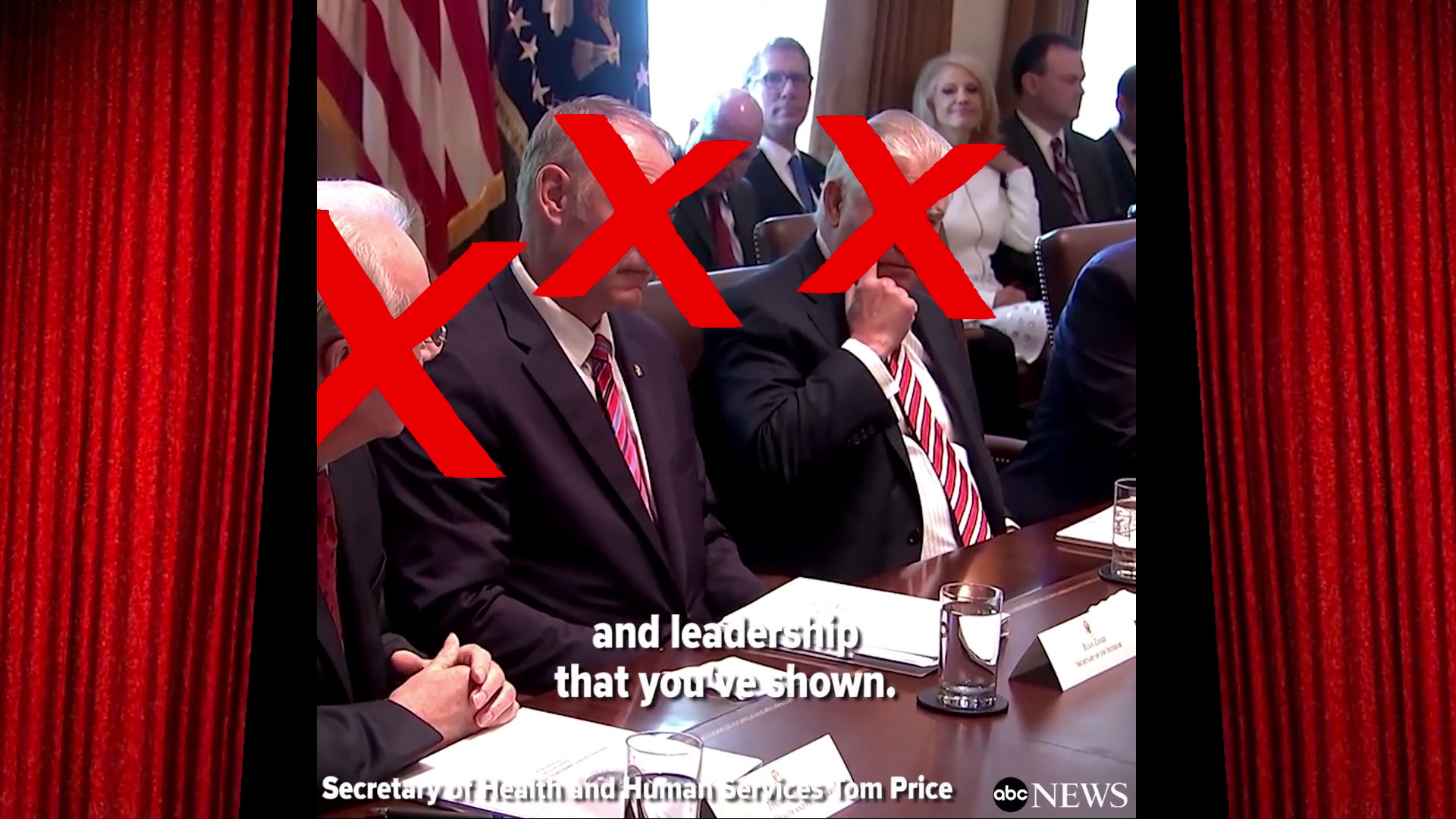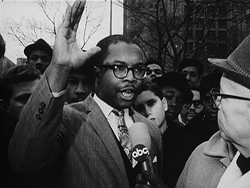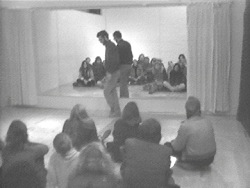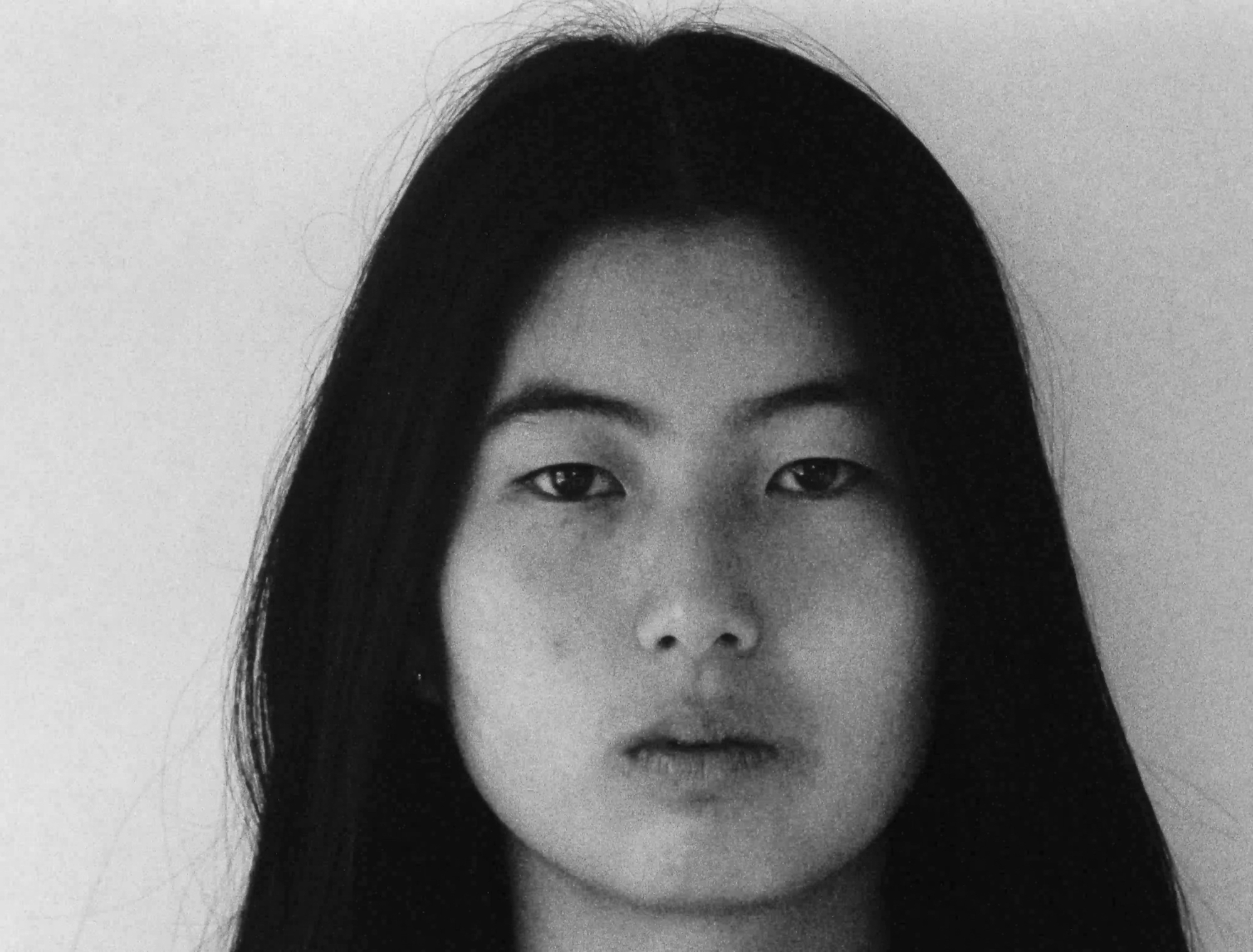Search Results
Search Results
Title Results
Your search returned 796 Titles
Using an historical lantern-communication system based on light and sound signals, the film addresses fundamental problems and questions of nonverbal information exchange. Working with Joan Jonas, Serra discusses the phrase “One, if by land, and two, if by sea,” the secret signal used by the...
Pause brings together Cokes' inquiries into issues of cultural identity and the codes of pop music. Exploring the formal features of contemporary electronic music in relation to African Diaspora cultural forms, Cokes appropriates a popular, Internet-disseminated musical "mash-up" to suggest that "electronica and Black cultures both critique Western ideas of material progress and temporal development through ruptures, accidents, and repetitions."
Peggy and Fred in Kansas is one of the earliest installments in Thornton's Peggy and Fred in Hell series. We are introduced to the post-apocalyptic room where the children, "raised on television," act and re-enact a disjointed play on media narratives. Peggy and Fred channel their isolation like open radios, as if boredom were the frequency from which media is transmitted.
Part of a series of videos composed with LoVid's handmade analog synthesizer, this video and sound piece creates a hypnotic illusion of traveling into flickering geometries and simultaneously forces an awareness of the screen's planar materiality. Color and motion, in play with static figures in black and white, are set in explosive tension with one another in the final moments of the video, where the intensification of rhythm and a frenetic overlap of color and emptiness effect a totality of saturated incomprehensibility.
"Vice President Mike Pence eagerly plays cheerleader in chief for Donald Trump. In accepting the vice-presidential nomination in 2016, Pence proclaimed, 'I'm a Christian, a conservative, and a Republican — in that order,' suggesting how we might understand his role. This ground-breaking,...
Comprised of newsreel out-takes purchased by Jacobs for $5 on Canal Street, Perfect Film depicts the news as "a daily tidal sweep and very little of what we learn can stick, and move us to take action towards the control of events. Anything may be revealed for a day and then it must clear the stage immediately."
Recorded at Video Free America in San Francisco, this work is a phenomenological inquiry into the audience/performer relationship and the notion of subjectivity/objectivity. Graham stands in front of a mirrored wall facing a seated audience; he describes the audience's movements and what they...
The artist's sister is the subject of this structuralist work, which was originally created as a film. Cha herself appears in a single frame.
